Andrew Jefford visits the high-altitude vineyards of Crete and finds an ancient wine culture in renaissance
The sun shone; the wind howled. Ten degrees of latitude further north, and this would be a ski run. Crete, though, is the chin on Europe’s face; we’re even south of Pantelleria here.
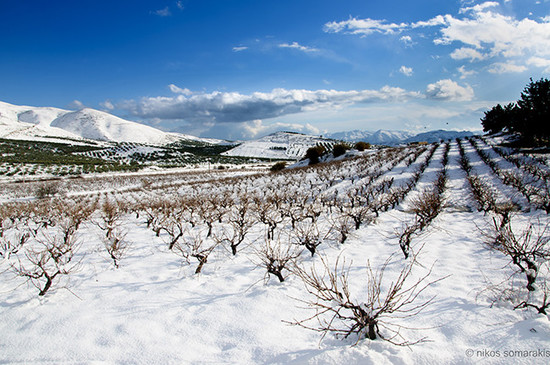
There was indeed snow on the three mountain ranges which give Crete its brooding physical presence. Here, though, at 650 metres, there was just stone, light, mute vines – and a picnic table that threatened to soar in the blast, like the spying griffon vultures overhead.
This was Vassilis and Anna Topsis’s Pirovolikes Vineyard, and there was a bottle of their 2014 Vilana, made by Lyrarakis, on the table, alongside Anna’s home-baked meat, vegetable and cheese pastries. As we pitched up (literally: the track to the vineyard was steep and deeply rutted), she was gathering wild golden thistle (scolymus, in fact a member of the chicory family) to cook later. We ate the pastries and drank the wine. It was fresh and incisive, like the wind: a splash of lemon, shattered stones, bitter herbs.
They were proud of the moment, and the wine; and I was, in a way, awed by them, for I could see that neither wine nor the moment was easily won from nature. They keep goats, for milk, cheese and meat; they bake their own bread, in a wood-fired oven they light every two weeks. They live from the vine and the olive.
Like their forebears – for the last 3,500 years. We’d just visited the Minoan wine-press at Vathipetro, part of a palace complex built around 1580 BCE (probably less than a hundred years after the Santorini explosion). Later that afternoon, in the village of Agios Thomás, my companions and I stood on the edge of a giant, open-air treading tank -- chiseled out of a limestone boulder the size of a small house during the centuries when Crete was the productive overseas Republic of Venice known as Candia (1205-1669).
There’s no automatic correlation, of course, between the length of a tradition and its present-day call on our attentions – but in Crete’s case, something very interesting is going on. Here’s why.
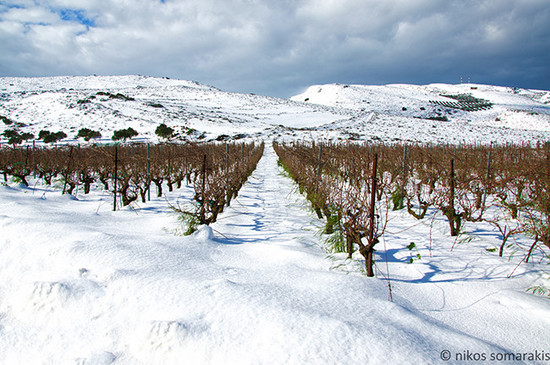
It’s big: this is the Mediterranean’s fifth largest island, and the main wine-growing area, set back from Heraklion, is Greece’s second largest wine district. But it’s a late starter in the modern wine race: phylloxera, astonishingly, only reached Crete in the 1970s.
Not only is replanting recent, but the island had the double handicap (or so it now seems) of having been replanted largely with international varieties, since that was what domestic and tourist consumers wanted at the time. Crete, though, has a splendid suite of indigenous varieties – and it’s wine from those which has best export potential. They’ve stepped shyly into the limelight as Greece’s successive economic crises have eroded domestic consumption, leading Cretans to rethink the vineyard mix.
Remember, too, that most Cretan viticulture is high-altitude: up to 858 metres above sea level. That fact, combined with evidently happy adaption of indigenous varieties and some first-class limestones and marls, means that Cretan wine defeats the expectations generated by its latitude.
Most of it (68 per cent) is white, for a start, and it’s the whites which for the time being show the most technical assurance. They’re usually fresh, scented, nuanced, haunting and graceful, notched between 12.5% and 13%. The reds are a stronger, often light in colour, but remarkably structured – and wines of both colours impress for their complex, secondary flavour profiles, something seemingly built into the Greek gene bank: so much more than simple fruit, and very food-friendly.
Ah yes, food. Why aren’t there more Cretan restaurants around the world? With its delicacy and colour, its embrace of vegetables and its retrained use of meat, its use of a unique range of indigenous herbs and foraged greens with simply prepared fish and cheese, and its artful celebration of olive oil and of bread, both fresh and dried, it seems perfectly in tune with the gastronomic zeitgeist: light on the stomach, pretty on the eye, rooted in a culture and a place.
The final Cretan call on our attention is the price of its wines. Before touring the hills above Heraklion, I spent a day tasting. There were many wines which weren’t merely good but were original and exciting – and often on sale in Crete at well under six or seven euros a bottle. The British chain Marks & Spencer is one retailer which has noticed this combination of value and intrigue; it’s due to list a 2014 white from the indigenous Dafni grape variety (also from Lyrarakis) in June, priced at just under £10. Other importers, particularly those searching out intriguing wine for restaurants, should take a look.
All rights reserved by Future plc. No part of this publication may be reproduced, distributed or transmitted in any form or by any means without the prior written permission of Decanter.
Only Official Media Partners (see About us) of DecanterChina.com may republish part of the content from the site without prior permission under strict Terms & Conditions. Contact china@decanter.com to learn about how to become an Official Media Partner of DecanterChina.com.


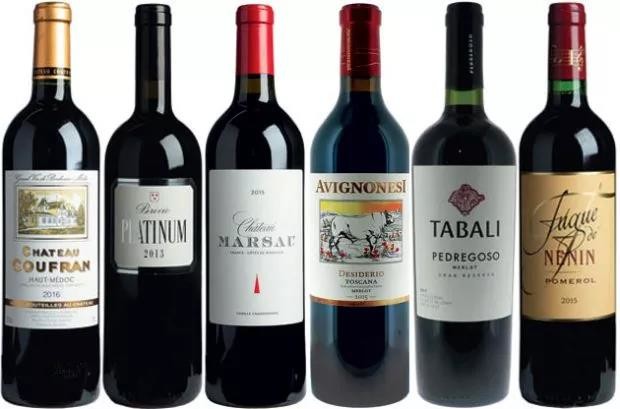
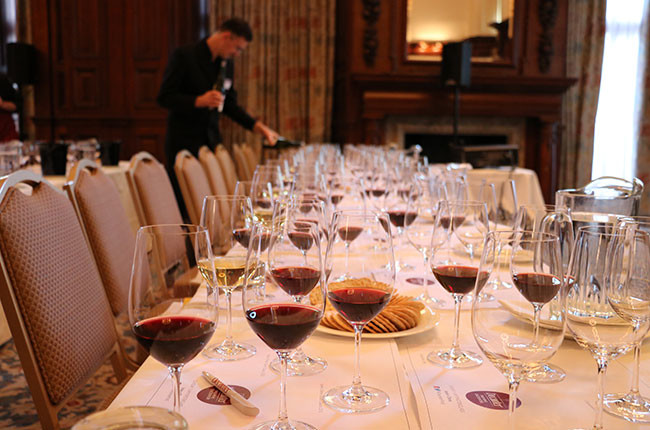
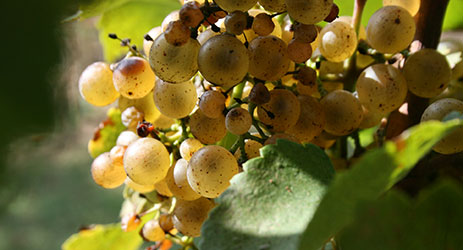
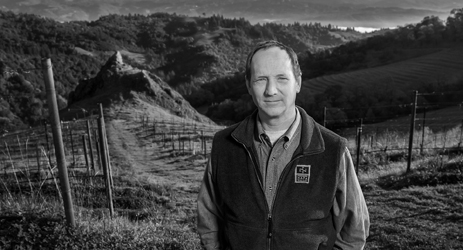
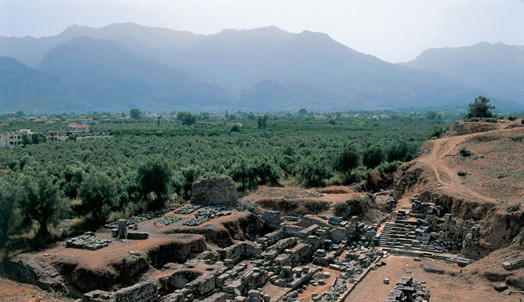
Comments
Submit